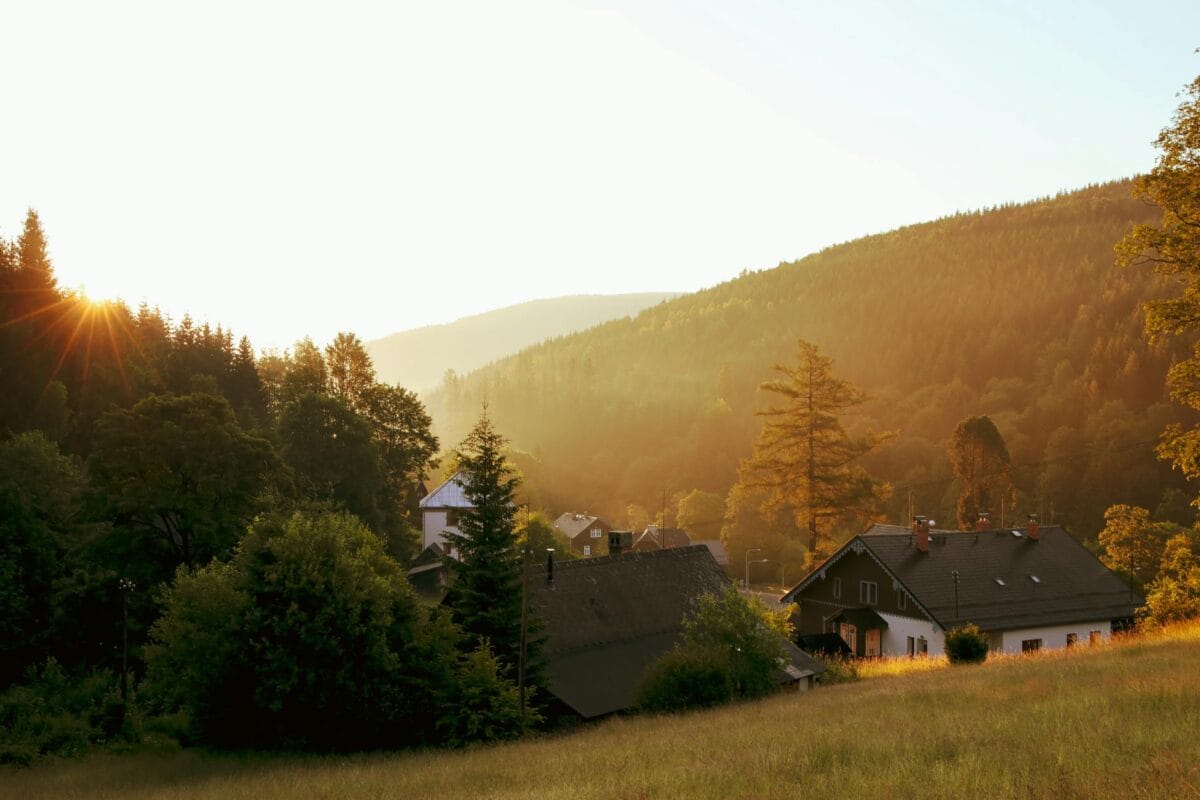Returning Home: Spanish Families End Their Summer Holidays
As the summer sun begins to lower in the sky, Spanish families who have enjoyed the vibrant coastlines and bustling tourist destinations start their journey back to their hometowns. This annual migration signals a significant transformation, as vivacious beach towns transition from crowded hotspots into serene coastal retreats, echoing the sounds of the sea and the occasional lull of local life.
The summer holidays in Spain hold immense cultural significance. They are a time not just for relaxation, but for deepening familial bonds and engaging in cherished traditions. From the sun-drenched beaches of Costa Brava to the picturesque villages in Andalusia, families weave memories that resonate with laughter, shared meals, and leisurely explorations. Typical summer activities range from seaside picnics and sandcastle constructions to late-night fiestas under starlit skies. These shared experiences are pivotal in reinforcing the sense of family and community, which are cornerstones of Spanish culture.
As holidays draw to a close, there is a palpable sense of anticipation in the air, blended with preparation for returning to routine life. The transition is significant yet familiar—a well-orchestrated symphony performed year after year. Parents and children collectively prepare for the return to work and school, a process that involves purchasing new school supplies, ironing uniforms, and organizing work schedules. The Spanish educational system generally begins in mid-September, necessitating careful planning to ensure a smooth transition.
Workplaces also adapt, with employees briefing each other and synchronizing tasks to gear up for the resumption of regular activities. Despite the meticulous planning required, this period is marked by a sense of renewal. Energized by their summer reprieve, families approach their everyday responsibilities with a refreshed outlook and renewed vigour, embodying the harmony between rest and routine that characterizes Spanish life.
Local Fiestas: A Celebration of Community and Culture
Autumn in Spain heralds a time of vibrant local fiestas and community activities, marking the conclusion of the summer season. These events play a pivotal role in maintaining and strengthening the community bonds that are central to Spanish culture. Each fiesta, with its unique historical and cultural background, becomes a cornerstone for local identity and tradition.
One of the most notable autumn fiestas is the Feria de San Miguel, celebrated in various towns across Spain. Particularly in Seville, this festival features Flamenco music, horseback parades, and bullfighting, deeply echoing Spain’s rich cultural heritage. Another significant fiesta is La Mercè, held in Barcelona. This event encompasses an array of activities such as human towers (Castellers), parades of giant figures (Gigantes), firework displays, and concerts, reflecting the city’s vibrant cultural tapestry.
Traditions during these fiestas often include an assortment of regional foods, from savoury paella to sweet churros with hot chocolate. Craft fairs are also common, showcasing local artisanship through handmade pottery, embroidery, and wrought ironwork. Sporting events, traditional games, and folk music performances are integral, offering residents varied forms of entertainment and engagement.
These celebrations act as a living canvas for Spain’s regional diversity, from Andalusian flamenco rhythms to Catalan castells. They serve not just as festive gatherings but also as crucial mechanisms for cultural preservation. Elders pass down customs and stories to younger generations, ensuring continuity of cultural identity. Moreover, the inclusive nature of these events fosters a sense of belonging, as locals reunite with relatives and friends, reinforcing community solidarity.
Through these annual local fiestas, Spain continues to celebrate its rich tapestry of traditions, fostering a profound community spirit that endures through time. Each fiesta not only marks the end of summer but also reaffirms the values of unity, heritage, and local pride.
The Continuity of Tradition: The Role of Community Engagement
The conclusion of the summer season in Spain marks more than just the end of holidays; it heralds a significant reconnection with cultural roots and traditions. Throughout the country, as the warm days give way to the cooler embrace of autumn, communities gather to celebrate their heritage through a variety of events and customs. This resurgence of local traditions serves as an essential means to bridge generational divides, ensuring that cultural heritage is meticulously passed down from one generation to the next.
One integral aspect of this cultural renewal is the myriad of local festivals and events that take place. These gatherings provide a platform for both young and old to participate in shared activities, fostering a deep sense of camaraderie and unity. For instance, in the small town of Bunol, the famous La Tomatina festival sees residents and visitors engage in a raucous tomato fight, reliving a tradition that dates back to 1945. Stories from older inhabitants often recount the original days of the festival, allowing younger participants to connect with the town’s historical narrative through first-hand accounts.
Furthermore, traditional music and dance events, such as the Sevillanas and Flamenco performances in Andalusia, offer an invaluable opportunity for intergenerational exchange. Older community members take pride in teaching these arts to the younger generation, ensuring that these cultural expressions remain vibrant and relevant. Personal anecdotes, like those from Maria, an elderly woman from Seville who has been dancing Flamenco since her youth, illustrate the profound impact of these engagements. She shares how teaching her grandchildren the intricate steps of Flamenco has helped maintain a strong family bond and instil a sense of cultural identity.
These practices not only reinforce community identity but also promote a cohesive and culturally rich communal life. Young people learn to appreciate the values and traditions of their ancestors, while older adults find joy and purpose in passing down their knowledge. This cyclical exchange of cultural practices ensures that Spain’s rich cultural tapestry remains intact and cherished by all generations.



